Your cart is currently empty!
Category: Happiness
-
Mystery Tea
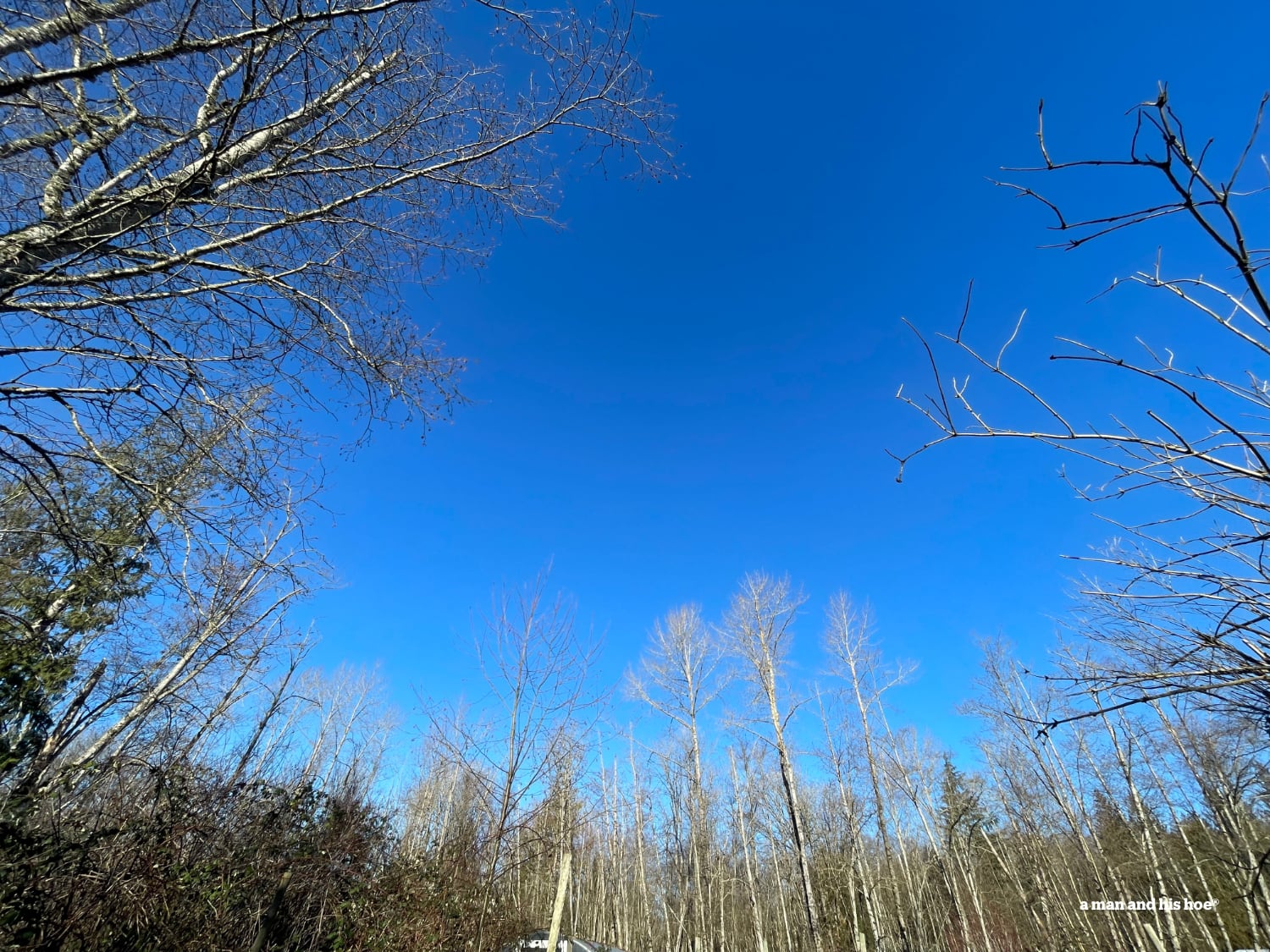
The sky could not be more blue than it is today. Spring is in the air. More than five weeks since the winter solstice, the sun is as strong as it is in mid November.
We had freezing temperatures this morning for the first time in quite a while.
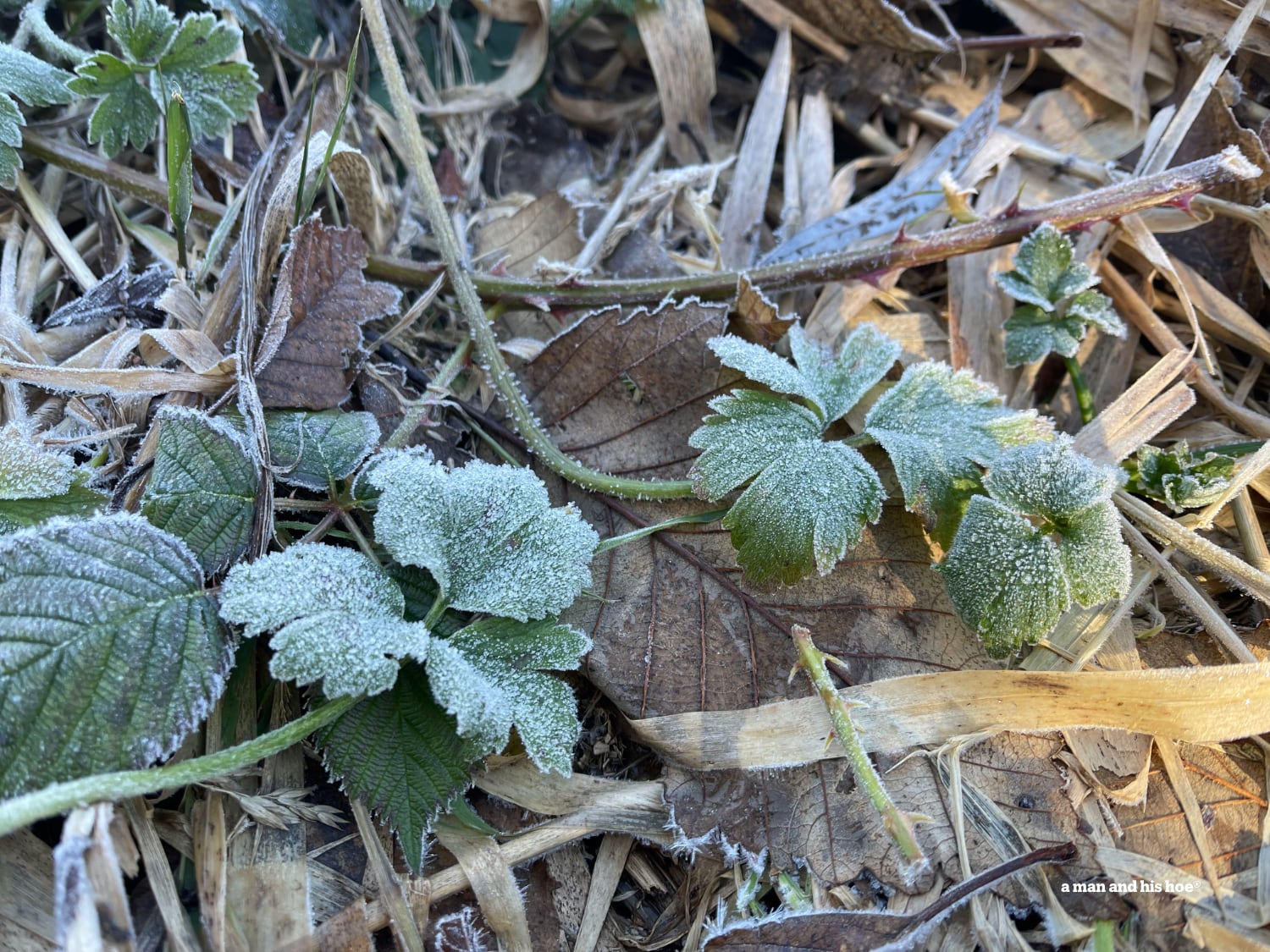
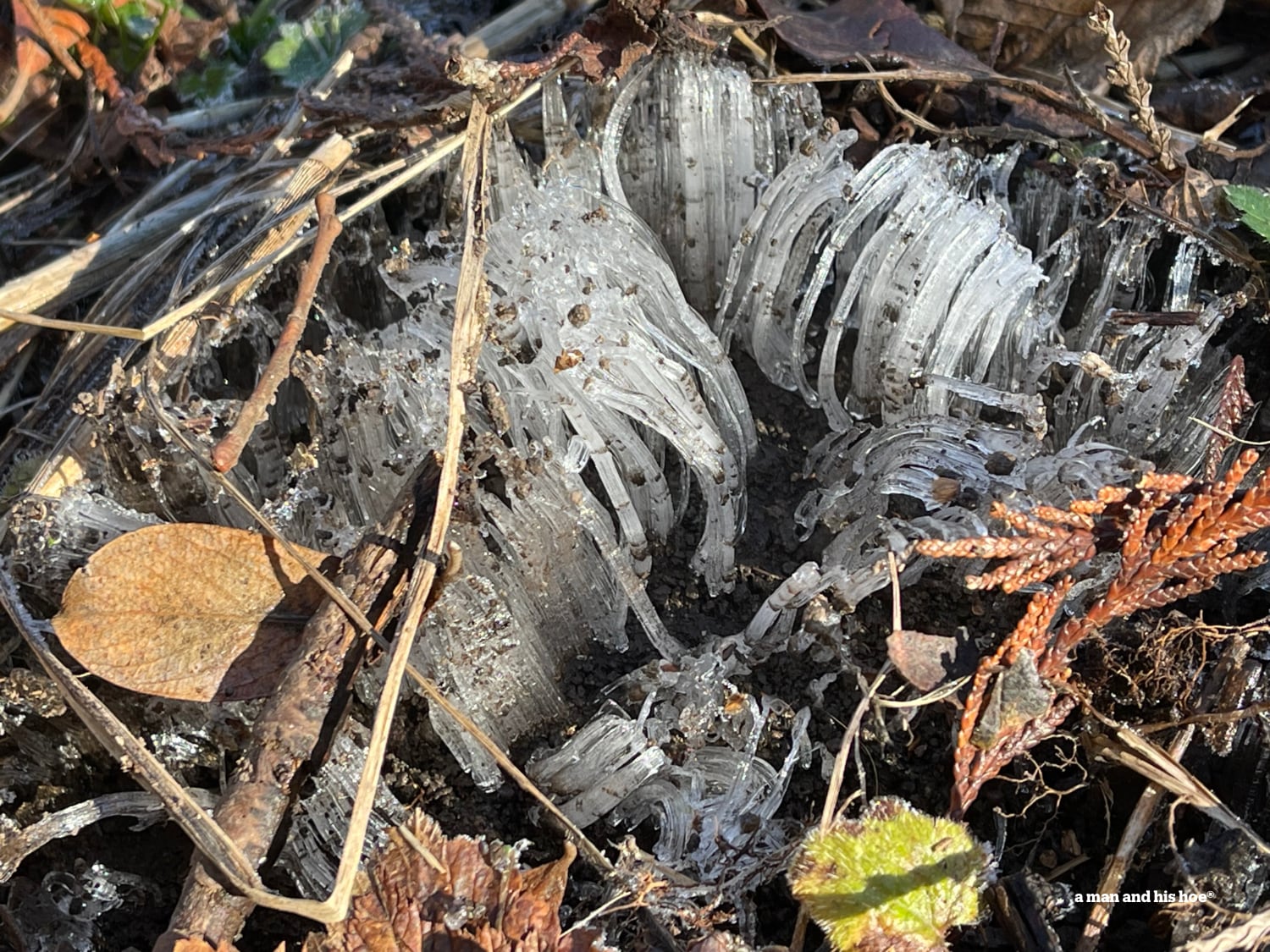
A light frost touched the grass and leaves. Needle ice pushed icy waves out of the ground. If I had the patience, I’d spend a night out and film needle ice forming.
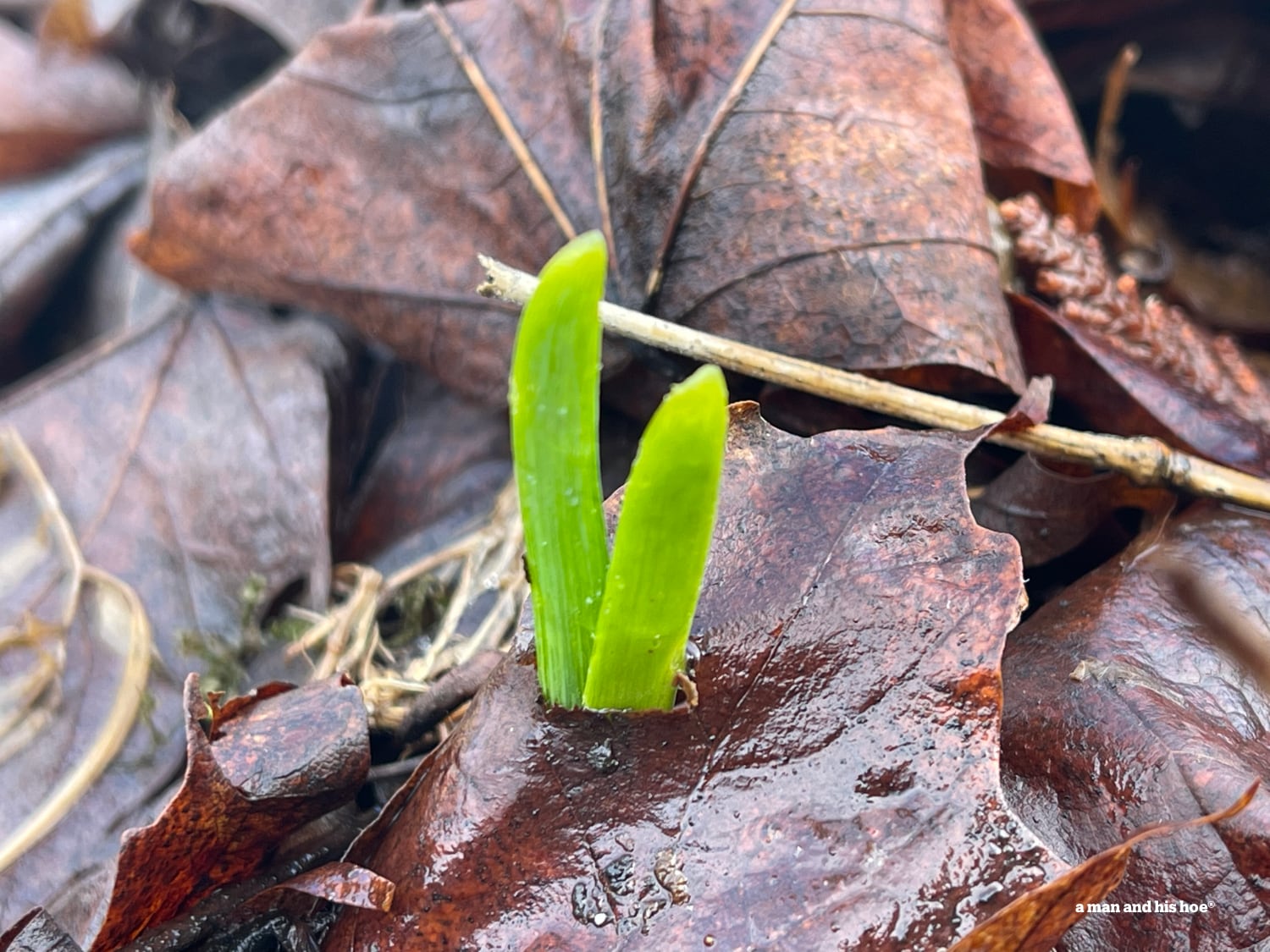
The garlic is popping out of the ground. These shoots poked through the leaves covering the garlic bed. Just how thick a matter could they pierce? This is a great time of year. You can see winter fading and spring arriving. It’s a time of great expectations.
But I never expected to learn what I saw on Japanese TV a few days ago. Even the announcers were surprised to learn about a new, mysterious tea. Takeshi Maruoka, a doctoral student at Kyoto University, studies Chemical Ecology. During his studies he became fascinated with insects. And discovered that the droppings of caterpillars which ate cherry blossom leaves smelled like cherries.
So he made a tea from those caterpillar droppings and was amazed at how delicious it was. Since then, he’s made tea from the droppings of many kinds of caterpillars eating many kinds of plants.
Mr. Maruoka formed a company called Chu-Hi-Cha, which translates to Bug-Mystery-Tea 虫秘茶. He plans on commercializing this mysterious tea and bringing it to market this summer.
According to the clip I saw, tea from the caterpillars which eat chestnut leaves and from caterpillars eating cherry blossom leaves are his favorite.
Someone recorded that clip and here it is. It is in Japanese but you can get an idea of what these caterpillar droppings look like and how to make tea from them.
So is this safe? Caterpillars are doing pretty much the same process that makers of black and Chinese tea use. The caterpillars chew the leaves, ferment the leaves in their bodies, and pop it out as little pellets. They are miniature tea making factories.
Mr. Maruoka had these pellets analyzed for safety, and they have no harmful bacteria. There is no danger of getting food poisoning by drinking tea from the caterpillar droppings.
With tens of thousands of plants eaten by tens of thousands of varieties of caterpillars, the variety of teas that can be made by caterpillars is endless.
But this isn’t new. People have been making tea from caterpillar droppings since the late 1700s in China. In Chéngbù in Hunan, a tea farmer stored tea leaves in a hut. But rain leaked into the hut and moths ate all the leaves, leaving behind just their droppings.
While cleaning up the hut, some to the droppings fell into water and the farmer noticed that the water turned reddish like tea and he saw bits of tea leaves in the water. So he took some of the droppings, added hot water to them, and learned that you could make delicious tea from them.
And if you are curious, search for bug poop tea. It’s a thing.
-
Cherry Blossom Blizzard

Each year, the blooming cherry puts on a different show. Some years the tree is a cloud of white flowers. Other years the rains knock so many blossoms off, it looks bedraggled. This year it is blooming with a thick carpet of blossoms on the ground below it. A blustery day last week sent a blizzard of flowers falling to the ground. The deep snow underneath the tree is too beautiful to walk on.
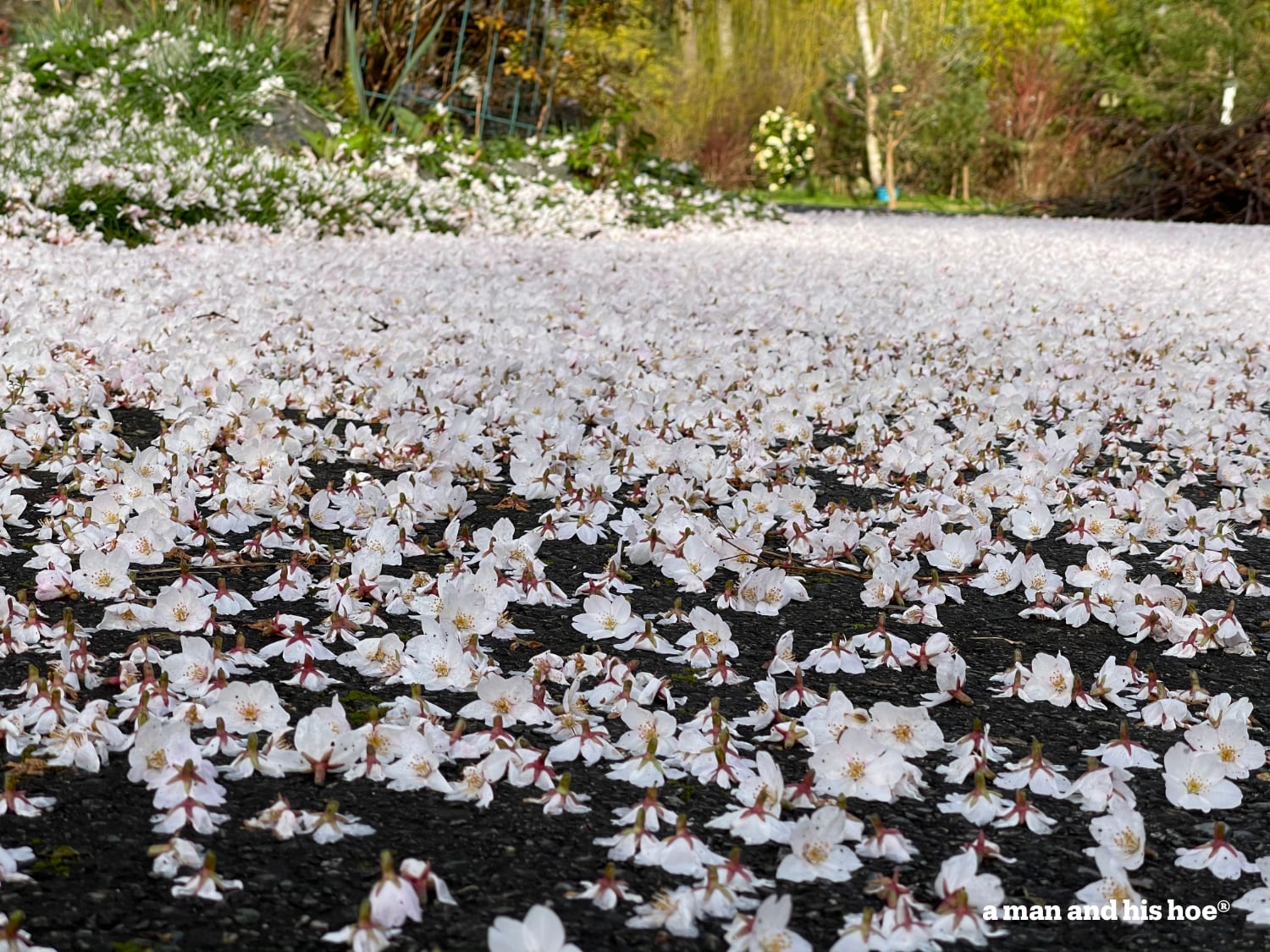

With today’s sunshine and tomorrow’s forecast for a sunny day, the tree should be at its peak tomorrow.
-
Edison Chicken Parade 2020
The 2020 Edison Chicken Parade was yesterday, Sunday, February 23. The parade happens every year at noon on the last Sunday of February. Which means next year’s parade will be on February 28, 2021.

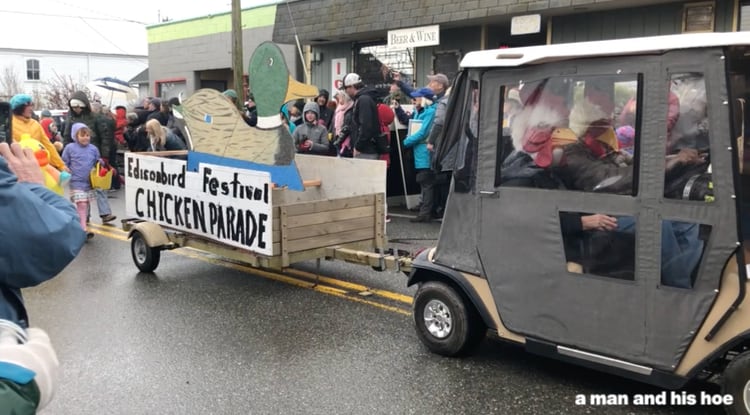
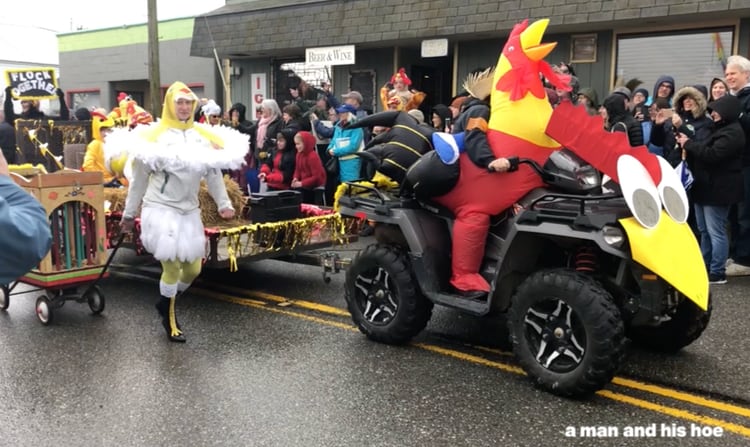
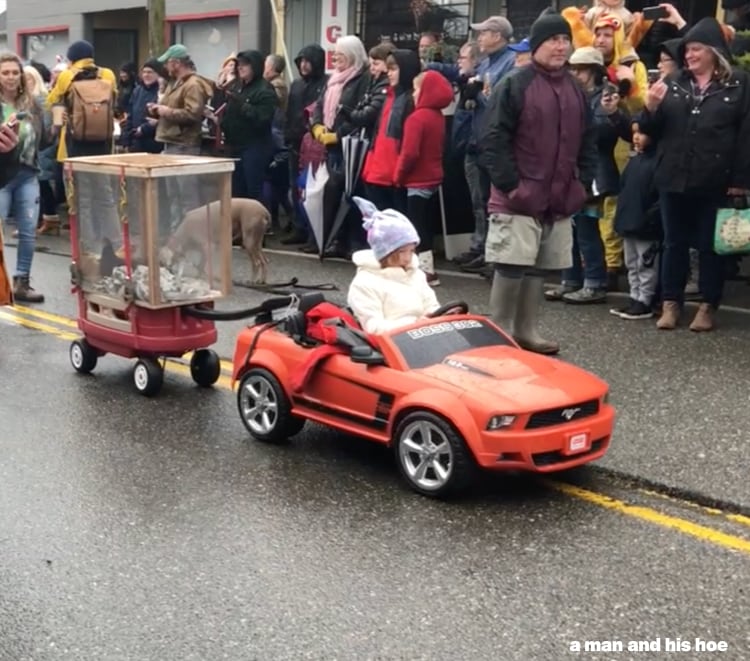


The parade starts at the south end of Cairns Court, the main street in Edison, WA. The parade proceeds north through the village. If you plan on going, arrive early. By 11:30 parking is hard to find and you may need to park a long way from the parade route. The best parking is at the elementary school on the east end of Edison. From there, it is a short walk to the parade route.A great alternate is to bike into Edison, or go for breakfast at Tweets and stay for the Chicken Parade.
-
A Question No More

Until a short time ago the question was, “Will it snow this winter?” That question is now answered. It snowed this winter, a soft, gentle, beautiful snow. I can go ponder other things.
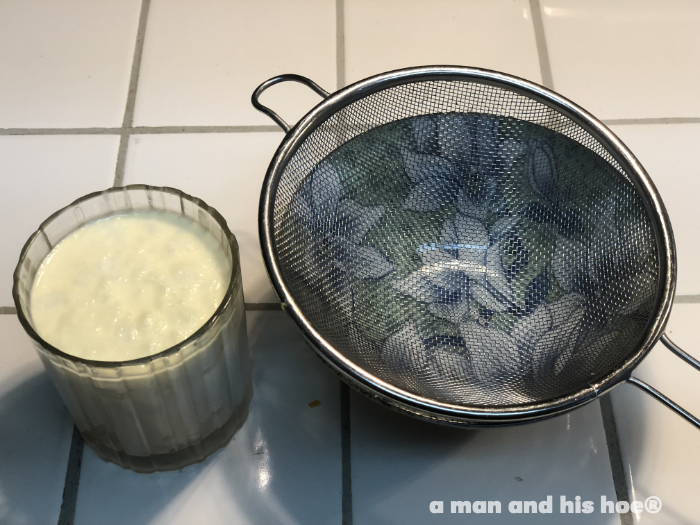
Many of the better things in life are the unplanned things that come along and keep us company, a stray cat, a sad dog that tells us we are its owner. In all the decades I’ve lived, I never once thought of wanting to make kefir. It’s a nearly daily ritual now. Such a simple ritual, just a few minutes of my time in the morning, and yet it’s so satisfying.
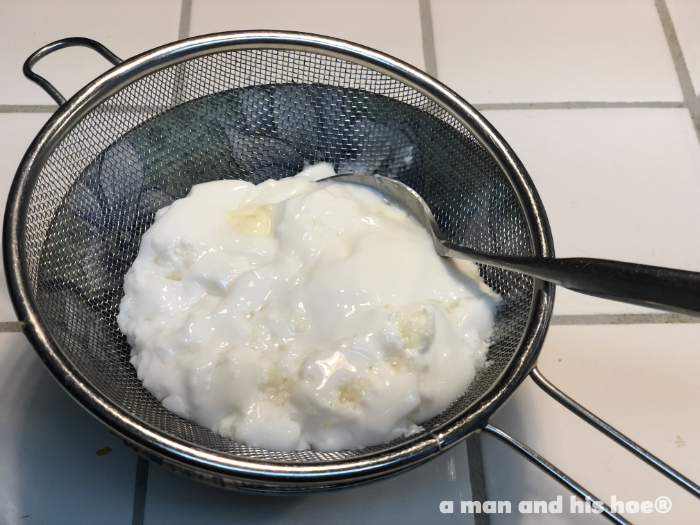
Kefir is a food that makes itself. The only thing I need to do is run it through a sieve until a tablespoon of the kefir grains are left.

I pour the strained kefir into little cups for breakfast.
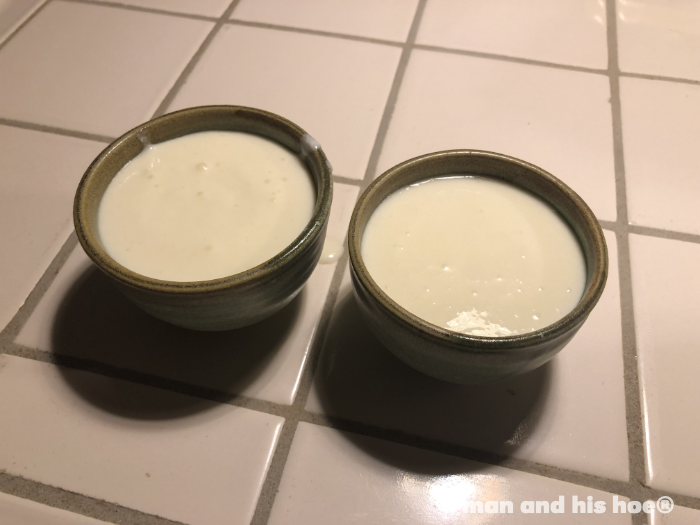
The kefir grains I stir into a glass of milk and set the glass on the counter next to the happy porcelain cat, where it sits until tomorrow morning. All day and through the night, the kefir grains transform the milk into more kefir without me needing to do a thing. As I said, it makes itself.
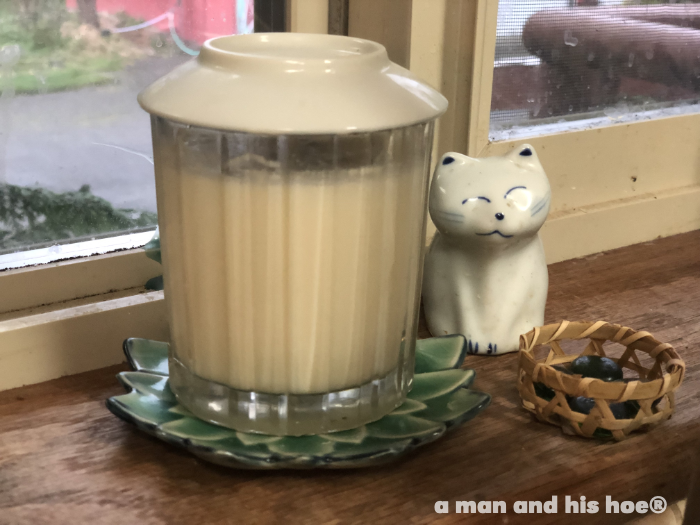
Making kefir is so simple, when I see it for sale in the store, I think, There’s a con. Why would anyone buy something that makes itself?
-
Royalty on Display
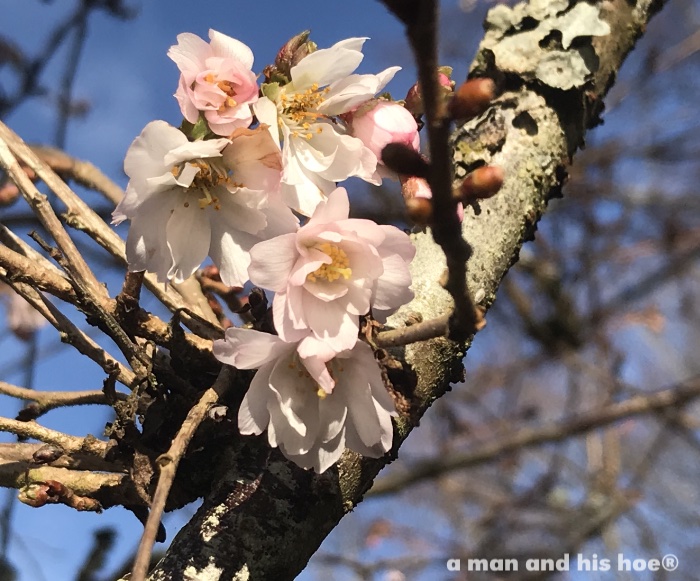
The Prunus subhirtella is in bloom … delicately. From fall into early spring, this cherry is a pleasant reminder of what spring will bring.
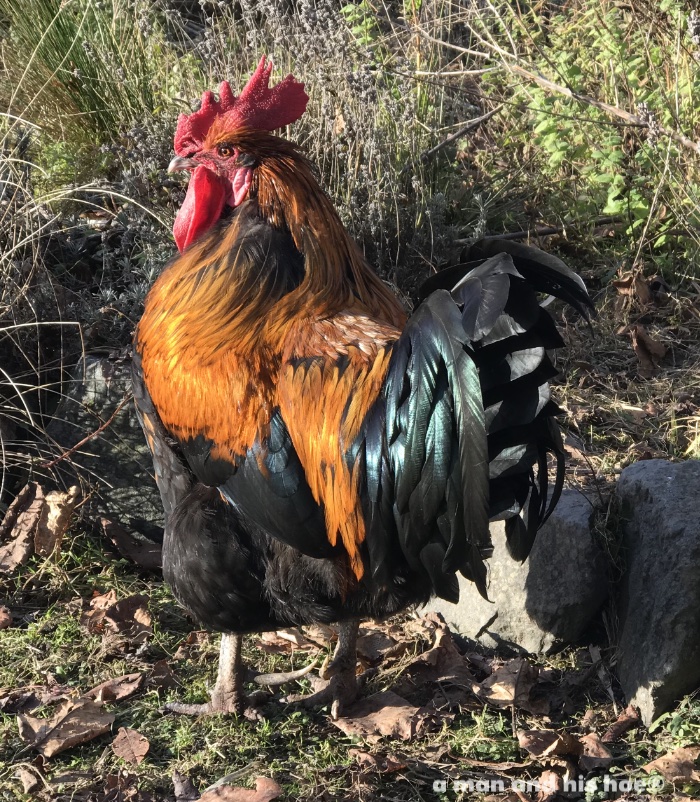
On a warm, sunny, December day, King Richard struts his stuff. Have a few roosters, and you are never far from royalty. Roosters are as vain as any king. They all think they are nature’s gift to any hen. Hens often have a different opinion.